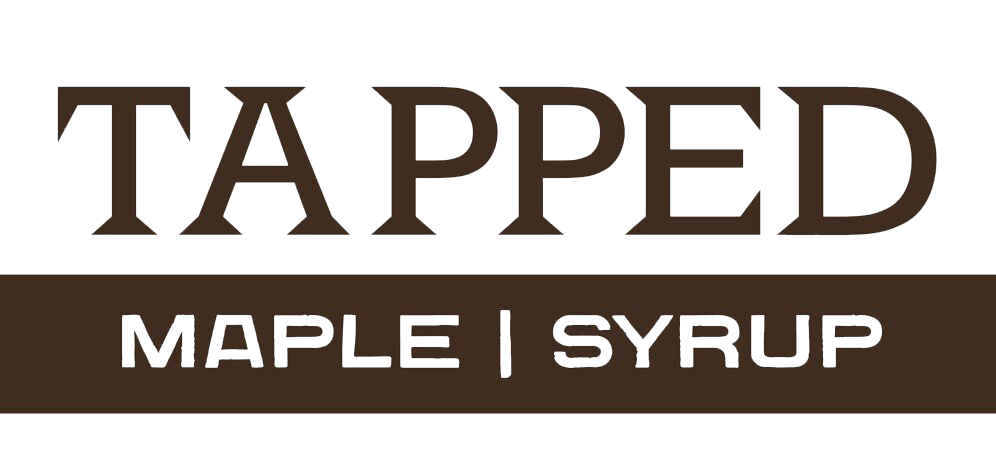Tapped Maple Syrup Purchasing Guidelines
This agreement describes the values and features of Tapped Maple Syrup, LLC purchasing syrup from other maple syrup producers. The health of our forests, minimizing environmental impacts of our operations, and supporting small, family maple syrup producers is the core of Tapped’s approach to business. This document more fully describes how these values apply to purchasing maple syrup.
All of the maple syrup we purchase will be from producers who commit to the guidelines below so we ask all of the producers from whom we buy syrup to review and commit to the guidelines. We recognize that improving our forest management and operations is a process. We’re happy to work with you to continue to improve your process and help you implement the guidelines below.
Forest stewardship and management
- Forest management: Diversity of our forests is important. Maple syrup producers should commit to maintaining and promoting the diversity of their forests through forest management. This means that species other than maple are maintained in the forest and a range of ages of trees are encouraged. Managing invasive species to minimize their impact is an important part of forest management in some locations where invasives are extensive.
- Road/trail use: Roads and trails are necessary to access the sugarbush and for other forest uses. Efforts should be made to minimize the extent and impact of forest roads and trails to minimize erosion and soil compaction.
- Pesticide use: Pesticide use should be strictly limited. There may be a need for pesticide use in invasive species control, but this should be used in the most efficient way with minimal impact to other plants as possible.
- Wildlife: Practices should be undertaken to improve wildlife habitat for a diversity of species. In particular, enclosed forest conditions should be promoted/maintained to encourage interior species (eg, Scarlet tanager, Ovenbird, Wood thrush). Killing animals for impact on the sugarbush should not be undertaken (eg, porcupines, woodchucks)
Maple syrup operations
- Energy Use: Efforts should be made to reduce energy use and to use renewable energy whenever possible. Efforts may include: wood fired evaporators, LED lighting, solar electric production, use of reverse osmosis.
- Water Use: Efforts to minimize water use should be implemented.
- Chemical Use: No outside chemicals should be used in maple syrup production with the exception of defoamer (organic safflower oil is the preferred defoamer), bleach for cleaning, and acid for pan cleaning.
- State/Federal licensing: All applicable state and federal maple syrup production rules must be followed (see DATCP)
Grade
- We are most focused on flavor of syrup, not as much on grade. We are interested in purchasing Wisconsin Grade A maple syrup. And, we tend to prefer amber, dark, and very dark. We particularly like richly flavored, “smoky” syrup.
